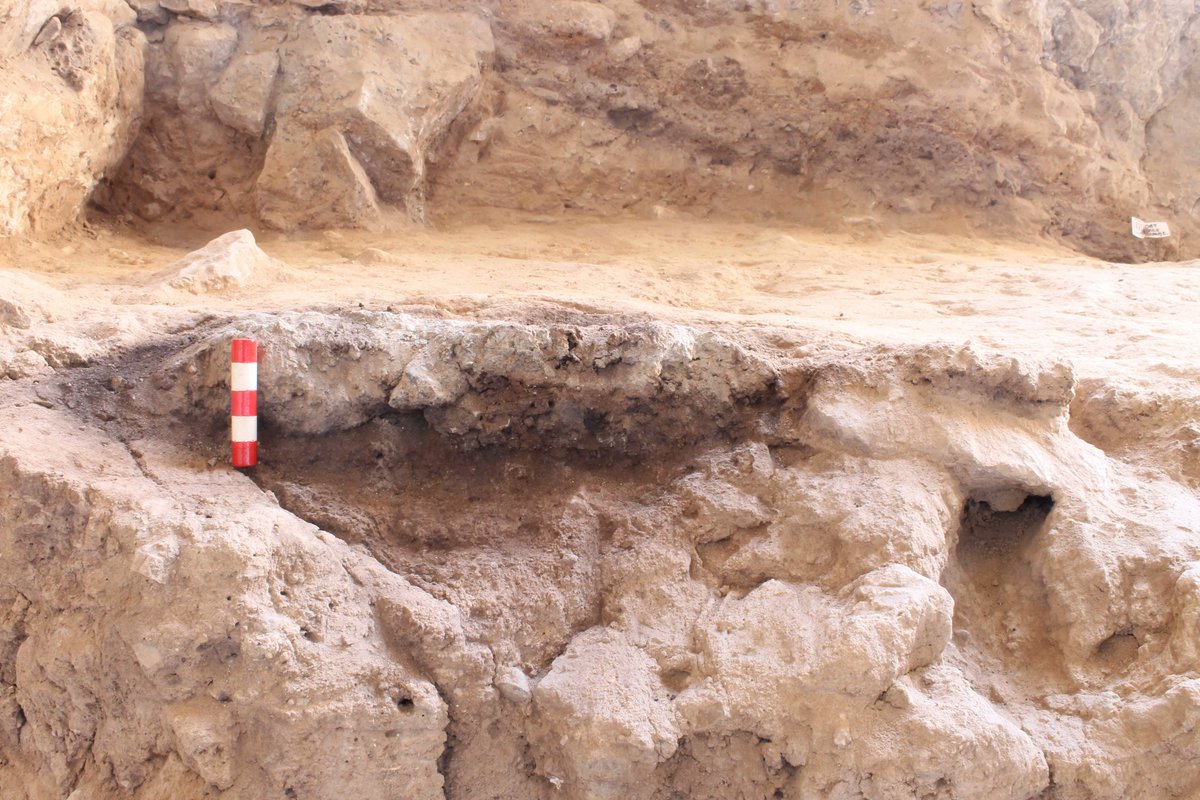
⛏ Today is #MinersDay!
This giant cavern was created by Bronze Age miners extracting huge quantities of copper ore from Great Orme (🏴) over 3,500 years ago!
This giant cavern was created by Bronze Age miners extracting huge quantities of copper ore from Great Orme (🏴) over 3,500 years ago!

For 200 years, Bronze Age miners extracted a copper bonanza from the Great Orme Mines. It supplied large parts of Britain, and metal from the mine even found its way as far as Germany and Sweden.
📷: Where the metal went
📷: Where the metal went

After this copper boom, the mine was abandoned for millennia until it was rediscovered in 1987.
📷: The mine today
📷: The mine today

Find out more in the original paper, which used samples of Great Orme copper (obtained in tight spaces) to see how far it spread. It won the 2020 Ben Cullen Prize.
🔗 (🆓) doi.org/10.15184/aqy.2…
📷: Sampling in tight spaces
🔗 (🆓) doi.org/10.15184/aqy.2…
📷: Sampling in tight spaces

• • •
Missing some Tweet in this thread? You can try to
force a refresh
















